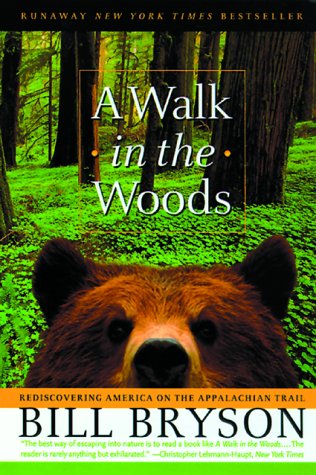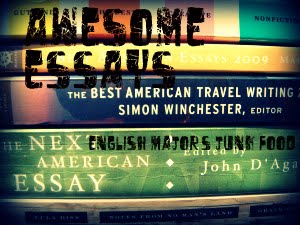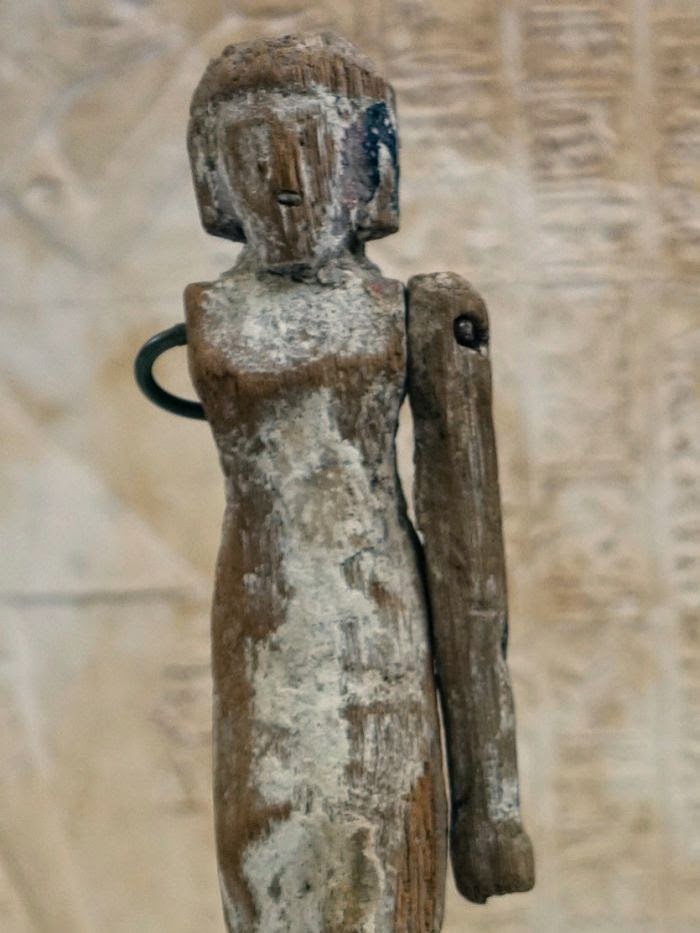I that Vasilly had done a post on what books she had to read this semester at her blog 1330v. I thought this was such a great idea I had to steal the idea to use here! I'm taking seven classes this semester but two of them are business classes and therefor not really that interesting, so I'll just skip those books (the classes are Nonprofit Organizational Effectiveness I and Foundations of Entrepreneurship in case you were wondering).

I'm taking a class called Film and Literature that is all about visual essays. For this class we're going to watch a film essay every week and have other essays that we read. I was really excited when I saw the book list for this class because it included some books I've wanted to buy for awhile. This includes The Art of the Personal Essay: An Anthology from the Classical Era to the Present

and The Lost Origins of the Essay

. These are both humongous essay collections that will take me forever to get through, so I'm really excited I'll be required to read from them this semester. We're also reading Let Us Now Praise Famous Men: The American Classic, in Words and Photographs, of Three Tenant Families in the Deep South

. I'm not really sure what this one is about other than it deals with sharecroppers from the South. The final book for this class is The Pleasure of the Text

by Roland Barthes. This one appears to be about why people read, it's a very small book, only 80 pages so I'm interested to see what it's about.

The second English class I'm taking is Literature and the Book: Renaissance Texts as Technology. There are no books for this class but we will do a lot of readings online. I'm planning on using my nook to take the pdf's with me to class so I'll be sure to let everyone know how that goes. Even though we don't have books I know we're going to read Shakespeare, Donne, and Spenser, as well as texts about how reading formats have changed. I looked at the syllabus for this class yesterday and we're taking seven field trips!
The final English class I'm taking is Advanced Nonfiction Writing: Nature Writing. An opening just came up in this class yesterday and I was thrilled because I waited all summer for it to happen. I love nature writing and I'm excited to do some of my own. I'm also excited because while this class meets twice a week, only one meeting is actually in a classroom. The other meeting every week is at an outdoor location. For this class we're reading Nature Writing: The Tradition in English

, which appears to be an anthology of nature writing. A quick glance at some of the writers has me excited because they include Thoreau and Annie Dillard who I know I enjoy.
I'm taking an anthropology class that we're using the textbook Introduction to Physical Anthropology

for. I don't have much to say about that one. I'm also taking piano lessons but as far as I know there isn't a book for that yet.
I'd also just like to mention where I purchased the majority of my books. I rent expensive textbooks but for my book for English classes I just Better World Books. I'm mentioning this simply because I support this company. They offer free shipping in the United States and they use the money they get from the books to support global literacy organizations. If you have to buy textbooks anyway you might as well support a great organization as well.
I am an Amazon Affiliate. If you make a purchase using one of my links I will earn a small percentage which will then go back into this blog.


























































